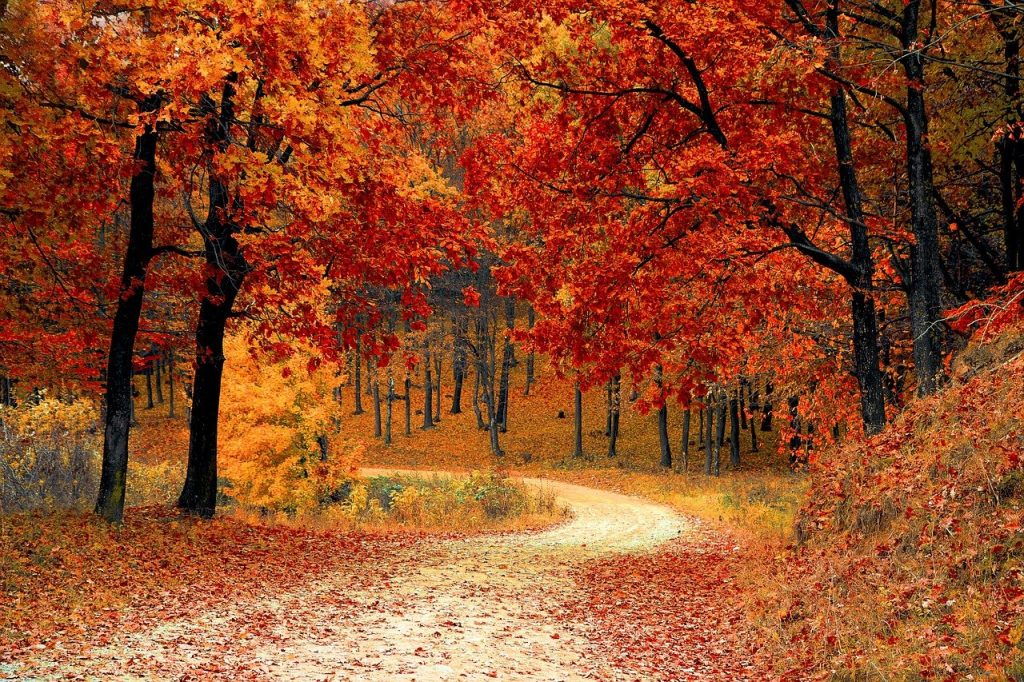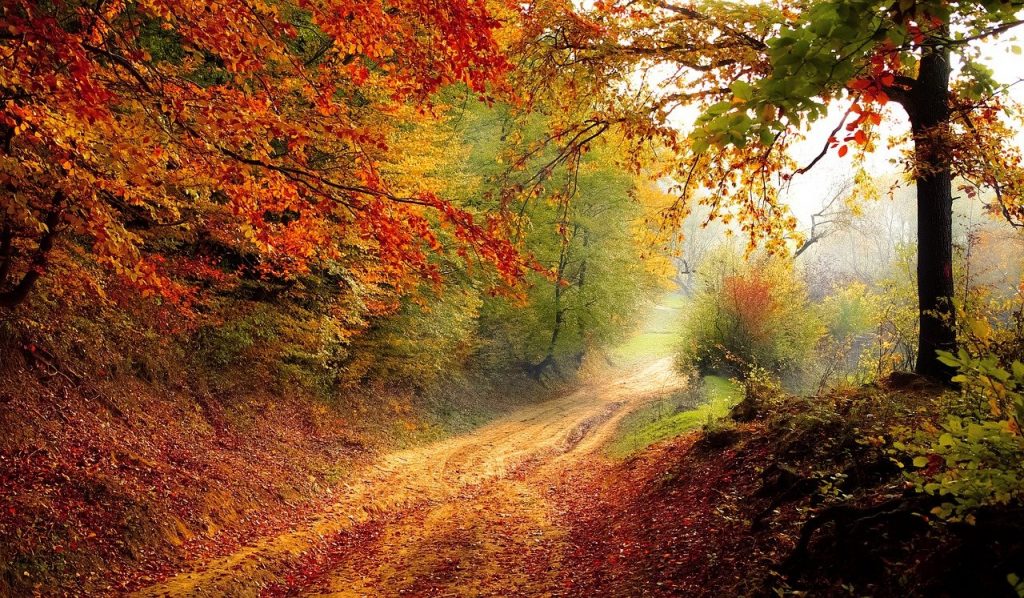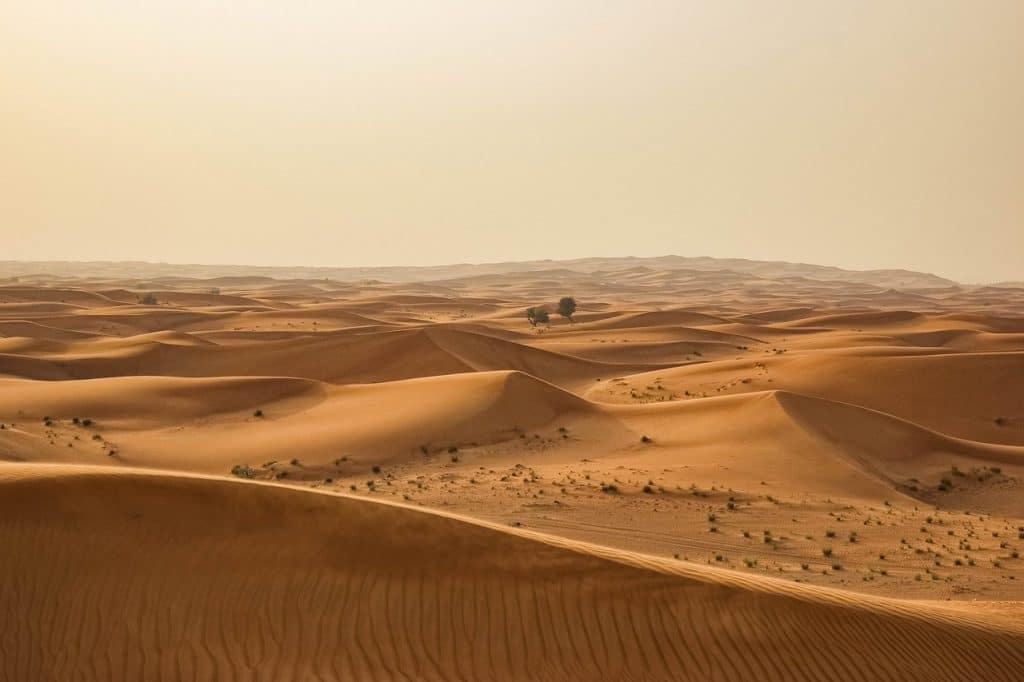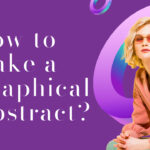Five Surprising Landscape Photography Tips
Estimated reading time: 8 minutes
Table of contents
Over the years, I’ve heard a lot of “hidden tips” for landscape photography. The majority of them were completely useless. But along the way, I’ve gathered a few nuggets of wisdom that I still use today and that I recommend to other photographers as often as possible. I’ve listed the five most useful hidden tips below. Some of these you may have heard before, but I hope at least a few of them are completely new to you.
Flip your photos horizontally

I’ll start with the most useful tip first. That way, if it isn’t useful, you can skip this article and move on to something that will be more beneficial.
It’s a straightforward trick: In post-production, flip your photos horizontally. Then, flip them back around.
Why would anyone do such a thing? Nothing will change, except that you will have a mirrored image for a brief moment. That doesn’t appear to be very helpful.
Surprisingly, this is my favorite hidden tip of all time. What’s the reason? Flipping your photo horizontally allows you to see it in a new light.
When you flip your photos horizontally, it’s as if you’re seeing them for the first time. Sometimes you’ll like the photo a lot more than you expected, and other times you’ll realize it’s not as good as you thought it was. Alternatively, you may notice new things that need to be edited, such as straightening the horizon or changing your crop.
Whatever the case may be, it’s an excellent tool to have for your own photography (and it’s simple to implement in almost all post-processing software).
Capture the landscape doing something

Landscape photography is beautiful. Landscapes that are doing something are the photos that really stand out.
What exactly do I mean when I say “doing something”? It casts a wide net. Perhaps there is a massive wave crashing ashore. Alternatively, a rainbow may appear during a dramatic storm. In any case, your landscape photos should tell the story of a specific moment in time — something that you were fortunate enough to witness.
The first image isn’t too bad. It’s a typical shot of a beautiful place; it depicts how this scene appears in real life. However, it does not tell a story.

The second photograph is far superior. It captures a fleeting moment in time — I only saw the landscape like this for a few seconds, which is why this photo works so well.
People don’t mind seeing landscape photos, but what they really want to see are photos of a landscape doing something unique.
Why are you taking this particular photograph? Is it because the scenery in front of your camera is simply stunning? Is it because you’re witnessing something extraordinary and spectacular?
There is always a reason for good landscape photography to exist. They don’t show the world as it could be seen by anyone — they show the world doing something special.
Whether you photograph a dramatic bolt of lightning or a pristine landscape of fresh snow, your images will be more powerful if they are based on a story.
It’s about the process(ing)
I hate to break it to you, but the majority of the top landscape photos you’ll see have been heavily post-processed. In fact, without their processing, some may not even attract attention at all.
This makes sense on some level. You can take a good photo of an incredible subject in beautiful light, but it won’t compare to an identical photo with skilled post-processing.
The scary part for many photographers is that some of the all-time best photos you’ll see are Photoshop creations rather than Mother Nature. As you might expect, this fact has sparked a slew of debates and arguments about what is and isn’t acceptable in post-production, with plenty of fiery statements from both sides.
And nothing really changes in the midst of it all.
No, the value of a photograph isn’t entirely determined by the post-processing that goes into it. In fact, some photographers today refuse to manipulate their photos beyond brightness and color balance adjustments and still capture stunning images. Light, subject, and composition are more important than anything else, and they will always be.
Even though it is possible to capture good photos without using extreme editing, it is not the norm for popular work today. If there is a “secret” of professional landscape photographers, it is that almost all of them have a thorough understanding of post-processing. And, as frustrating as it may sound, I strongly advise you to do the same.
It’s not easy to become an expert, but it’s well worth the effort. If you’re good at post-processing, you’ll notice a significant improvement in the quality of your portfolio. No, it’s not the most exciting part of the job, but it’s a necessary skill. It improves your attention to detail and allows you to make the most of every photograph you take.
An unedited photo wastes a lot of its potential — and there are plenty of other photographers who have already mastered this game.
Nonetheless, I recommend remaining understated. You can extract a lot of quality from an image without overdoing it or appearing unnatural. How much processing appears unnatural, and where should the line be drawn? This is a decision you must make for yourself, and there are advantages and disadvantages to both options.
Note: If you want to make some adjustments to the photo just let me know. I can do it for you at a very low cost. You can hire me to edit your photo.
Bookend your photos in the field
Have you ever taken a long series of panoramas or HDRs? If so, you’re probably aware of how difficult it can be to remember which photos go with which when you open them on your computer.
There is a simple solution to this problem: You’ll save a lot of time later if you bookend your important photos in the field!
What exactly do I mean? All you have to do is photograph your hand before each series, and then again at the end. It’s really simple.
This is a quick way to mark where each set of photos ends and begins, saving time and avoiding headaches during post-processing.
There are other applications for the bookend trick, but this is the most common in landscape photography. If you haven’t heard this tip before, I hope you find it useful.

Show only your best
It’s a simple tip: If you only show your amazing photos, people will assume that all of your photos are incredible.
According to Ansel Adams, twelve successful photos in a year is a good crop. To me, that appears to be an overly optimistic standard. Every year, I’d be content with three or four truly successful photos. The years pass quickly.
I’ve taken far too many photos since I began photographing. Even as a landscape photographer, I routinely capture a couple of thousand photos during long expeditions, despite working more slowly and taking fewer images than other genres of photography.
But how many photos do I show? A minuscule fraction of that total. When I show people my photos for the first time, I rarely show more than 75 images.
Consider what would happen if you made 5,000 smoothies over the course of a few years and only ever let anyone taste the best five. People would think you’re an expert at making smoothies.
This is also true in photography. On average, the fewer photos you display, the higher the quality of your portfolio. You gain the ability to be more selective.
Finally, you have the authority to choose which photos to show the world. That’s a very potent tool.
Conclusion
For the time being, these are the top hidden tips I am aware of. I’ll keep updating this article with new information as I find it, so stay tuned. In the meantime, feel free to experiment with them and see if they’re useful for your own photography.
None of these techniques will significantly improve the quality of your photographs on their own. It takes time and practice to build a solid foundation in landscape photography, and these tips are just a small part of that larger picture.
But, no matter what, it’s always a good idea to broaden your web of landscape photography knowledge. You never know when a new tip will make a significant difference in one of your photographs. So, even if only one of these five suggestions is new to you, I consider it a success!
Note: If you want to make some adjustments to the photo just let me know. I can do it for you at a very low cost. You can hire me to edit your photo.
latest post
- What is CashKaro and How to use CashKaro cashback app?
 Discover CashKaro and transform your online shopping! Learn how to earn cashback effortlessly with the CashKaro app. Start enjoying discounts today!
Discover CashKaro and transform your online shopping! Learn how to earn cashback effortlessly with the CashKaro app. Start enjoying discounts today! - How to Make a Graphical Abstract?
 Elevate your research presentation with our guide to crafting compelling graphical abstracts. Discover essential tips on visuals, clarity, and effective design.
Elevate your research presentation with our guide to crafting compelling graphical abstracts. Discover essential tips on visuals, clarity, and effective design. - Best AI tools for Facebook AdsIf you’re seeking to improve your Facebook advertising strategies, Birch or Revealbot, AdEspresso by Hootsuite, and Zalster are exceptional AI tools that enhance efficiency and maximize ad performance.
- Photo Editing MistakesExcessive editing, Oversaturating colors, Blurred images, Too much HDR and Overdoing filters and effects are some of the top photo editing mistakes to avoid for crafting stunning pictures.
- Best AI tools for lead generationExplore Customers.ai, Instantly, Seamless.AI, and LeadIQ are some of the best AI tools for lead generation as they provide you with client’s details for closing deals. Uncover its key features, affordable pricing, and customer reviews.











